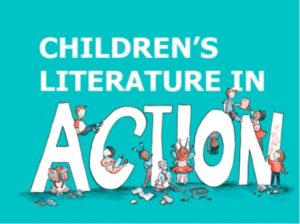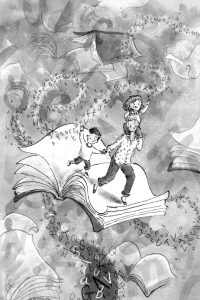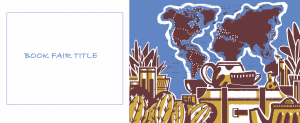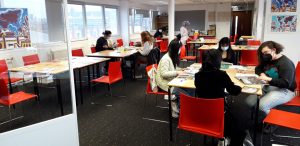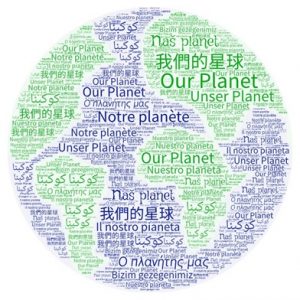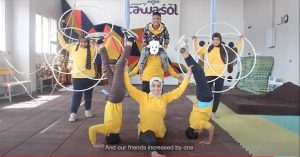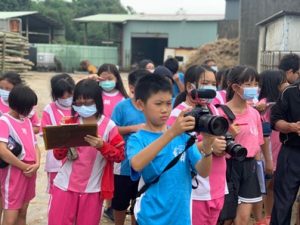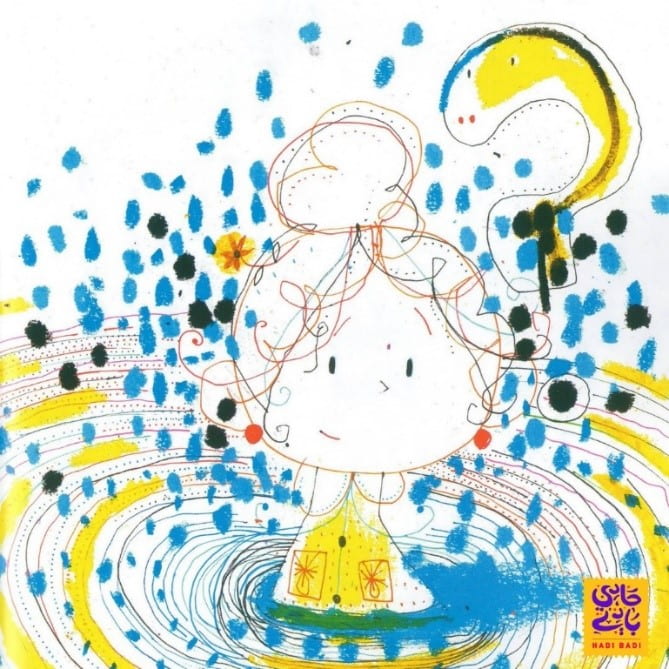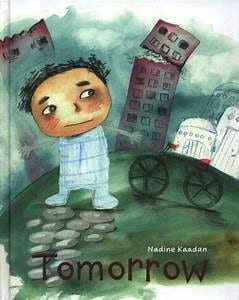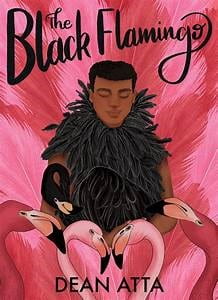Last Friday, December 9th 2022, the Centre for Language, Culture and Learning and the MA in Creative Writing and Education hosted a conference on ‘creative power’, which explored the value of creativity, its impact and how it might be harnessed and generated in the world. Professor Vicky Macleroy introduced the conference, and explained how it was children’s books that really inspired her to read and sent her imagination soaring. After a brief explanation of the schedule of the conference by myself, performance artist and alumni of the MA in Creative Writing and Education, Sally Horowitz, acted out a washed up writer in a bar, searching for inspiration; this writer though found inspiration in people’s suggestions for being creative which the bar tender (played by me) had collected in written form and put in one of her wine glasses. You can see the introductions by Vicky and Sally’s performance here:
This wonderful performance was followed by a keynote speech by the incredible children’s author and illustrator, Guy Parker Rees, who gave such a refreshing, light-hearted and profoundly serious talk. He said that everyone can draw in their own way and we can all use drawing to unlock our creativity. His talk can be seen here:
Guy had talked quite a bit about the therapeutic power of art to heal childhood traumas and understand them. Moreover, he had suggested that psychotherapy provides a useful framework for understanding how art works both for artists and for its receivers: its readers, its appreciators, its devotees. Dr Eric Harper and Rozin Anwar, both psychotherapists, explored these themes in even more depths. Rozin talked about the ways in which life is full of knots that can be untied and explored in part by the psychotherapeutic practice. Eric put great emphasis upon psychotherapists providing a safe space for people to speak their desires, their fantasies, their darkest and most optimistic visions. You can see their talk here:
Alumni of the course Danja Sanovic, an experienced teacher and rather wonderful writer, had us all in stitches with her fantastic impersonation of a strict, narrow-minded English teacher teaching GCSE English, and the creative writing component of the exam. Through this powerful role play, she showed how restricting the ‘recipe’ approach to teaching creative writing can be, and generated much laughter by showing her deliberately bad examples of creative writing, which illustrate many of the issues that children exhibit in their creative writing when forced to write to strict models. A current student on the course, script writer Emilia Amodio, then illustrated how collage can offer a great way of inspiring the uninspired to be creative. It was a perfect antidote to Danja’s satire; we all got cutting and sticking to produce our own collages. She generated the same spirit as Guy in encouraging playfulness within certain constraints. Here are Danja and Emilia’s talks:
There was a break for lunch, and then alumni of the MA in Creative Writing and Education, teacher & author, Seb Duncan showed us how Google’s Streetview can be used to inspire and guide writers to write meaningfully about place. Taking James Joyce’s Ulysses (the Wandering Rocks section in particular) as a starting point, he cleverly related Joyce’s writing about Dublin in this experimental novel to using Streetview. It’s an ingenious, sophisticated talk, and well worth watching carefully. Here it is:
Alumni of the MA in Creative Writing and Education, teacher & auteur, Rhys Byrom, then showed us how the classic structures of stories can be ‘hacked’ (in a techy sense) to create new forms. Drawing upon the ideas about story structure from Kurt Vonnegut, he showed how classic story structures can be used and subverted to create new enlightened, non-patriarchal, non-hegemonic narratives. Here is his talk:
A current student on the MA in Creative Writing and Education, Syeda Salmah, then showed us how certain techniques such as freewriting and ‘diagrarting’ (a mixture of using drawing, writing and dialogue) can be used to investigate your memories. Her work showed how she was able to explore her own East London, British-Bengali heritage and her parents’ experiences through the use of fiction and non-fiction. It’s another innovative, ground-breaking talk:
Much of the work of the conference delegates is in two anthologies: Diversity and Inspiration, and Creative Power. The editors of the former anthology, Deborah Friedland and Gabe Troiano, discussed the work in it, reading some moving extracts about creativity in it.
The conference closed with a fantastic spoken word performance from Christian Foley who rapped the key concepts of it in dazzling style. The cover illustrator of the aforementioned anthologies, Georgia Cowley, then showed us her illustration of the whole conference. You can see her explanations (and Christian’s rap) in this video here:
Her incredible illustration of the whole conference is here (the video contains a full explanation of what’s in it):
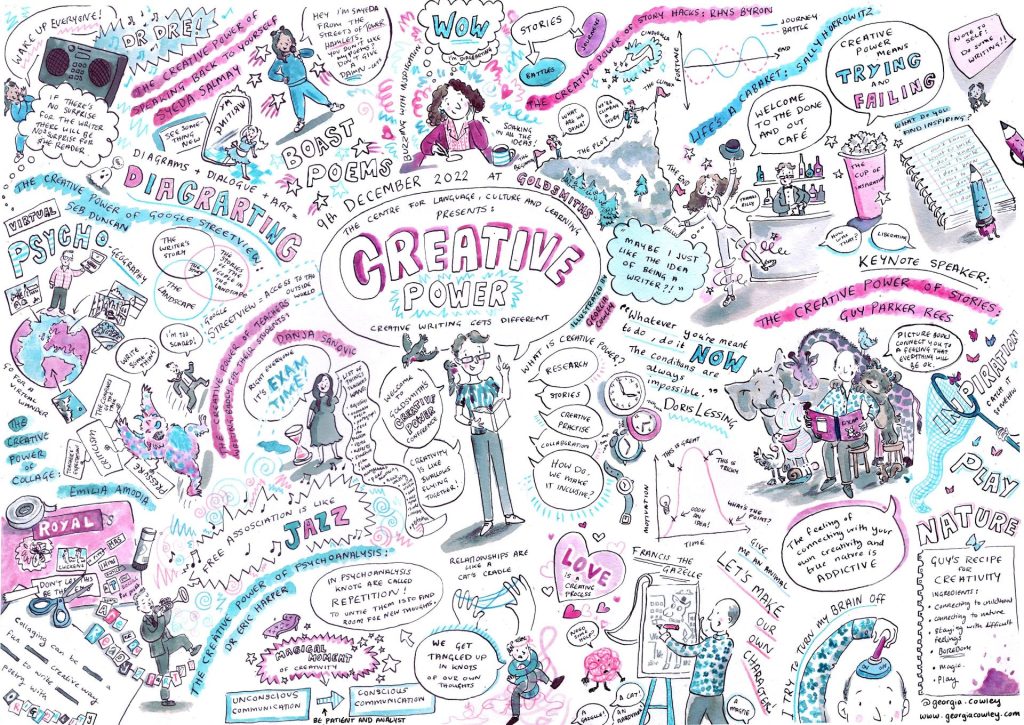
But even though that was the end of the official conference, the literary celebrations continued with Autumn Sharkey and Sally Horowitz hosting a fun-packed ‘Literary Cabaret’; this is a concept of their own making and is truly a marvellous creation. I attended with a number of other MA Creative Writing and Education and PGCE students; we played some brilliant games such as ‘pin the poem’ (very similar to pin the donkey); musical writing (musical chairs with creative writing thrown in); spin the bottle and read with a particular emotion (furious, angry, seductive, exhausted etc). It was such fun! Such larks! It was also really creative; it super-charged our imaginative energies, and it was lovely to share all of our writing through these crazy games. Autumn and Sally were lovely hosts, offering us both a safe and challenging space to be creative in.
So to sum up, what were the ideas, concepts, strategies and suggestions from the conference which showed us all how to harness the power of our creativity. I would suggest they were:
- Find your inner child; learn to play again, to set yourself free by drawing (Guy Parker Rees), collaging (Emilia Amodio) and role-playing (Sally Horowitz).
- Generate flow by regularly freewriting and diagrarting (Syeda)
- Use modern technologies such as Google streetview to stimulate and enliven (Seb)
- Use ancient ideas such as Aristotle story structure ideas to shape stories (Rhys)
- Be mindful to step out of hegemonic, colonised ways of thinking (Guy, Rhys, Syeda, Emilia)
- Learn about the therapeutic and healing power of art and dialogue, and create space spaces for expression of feelings and opinions to untie the knots of trauma (Eric and Rozin)
